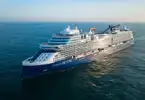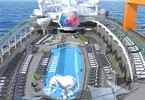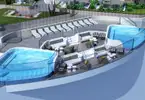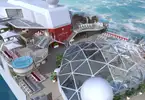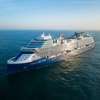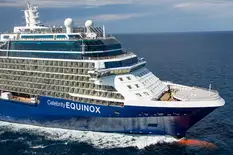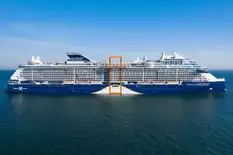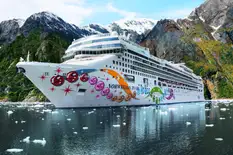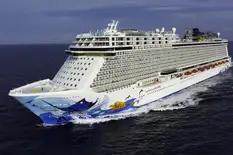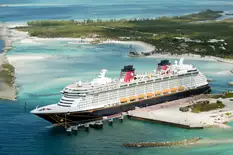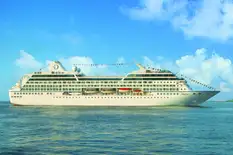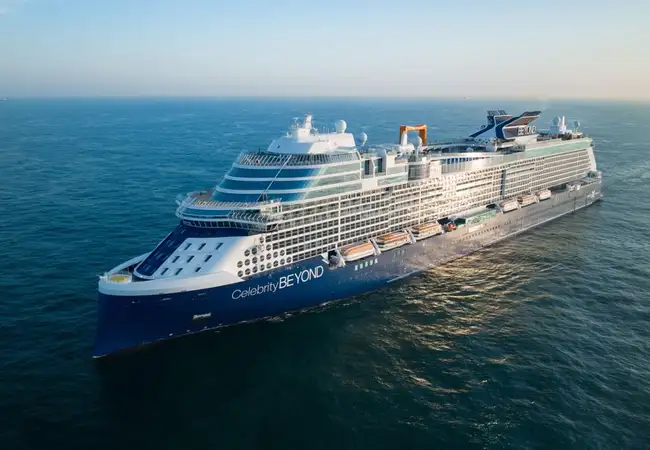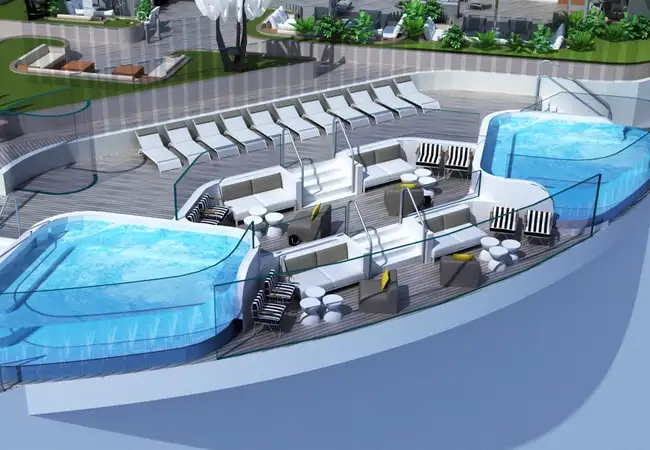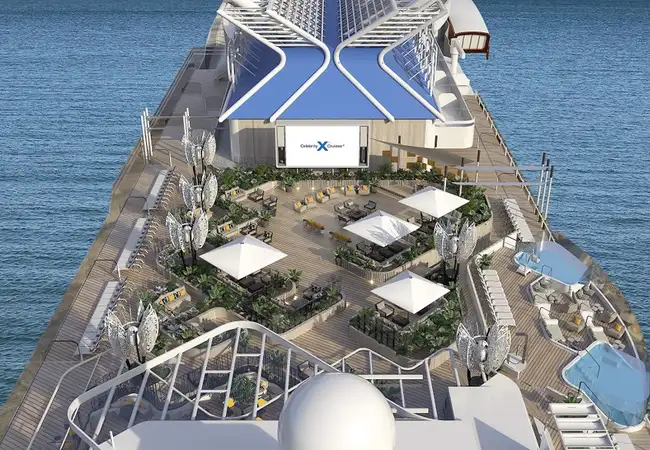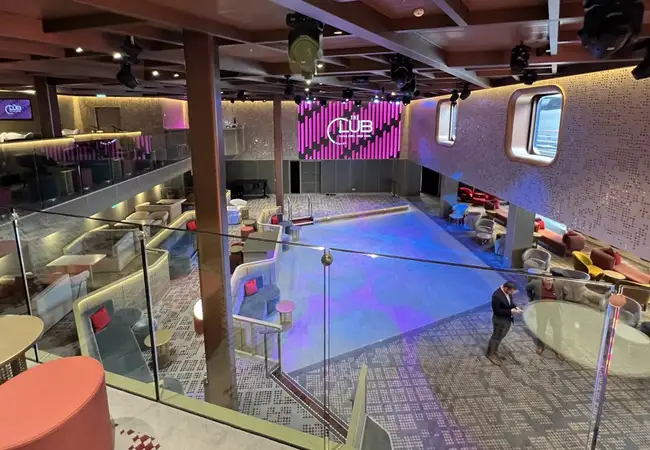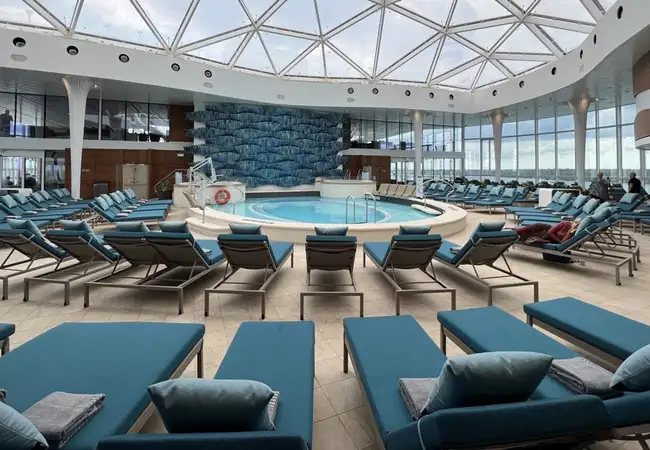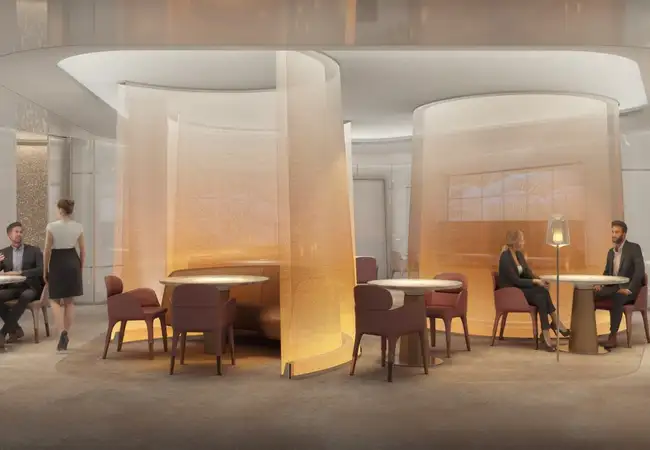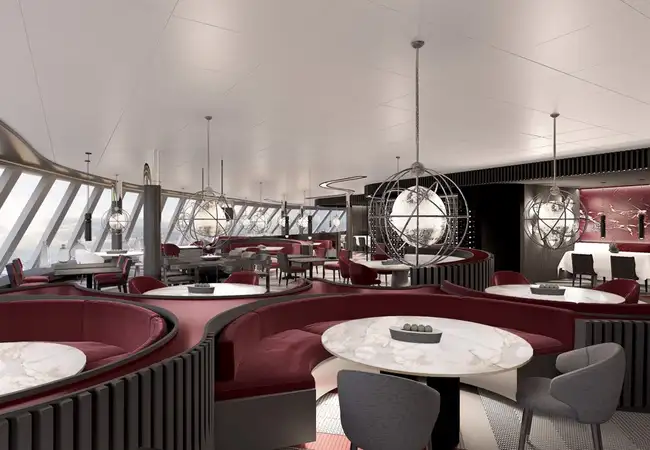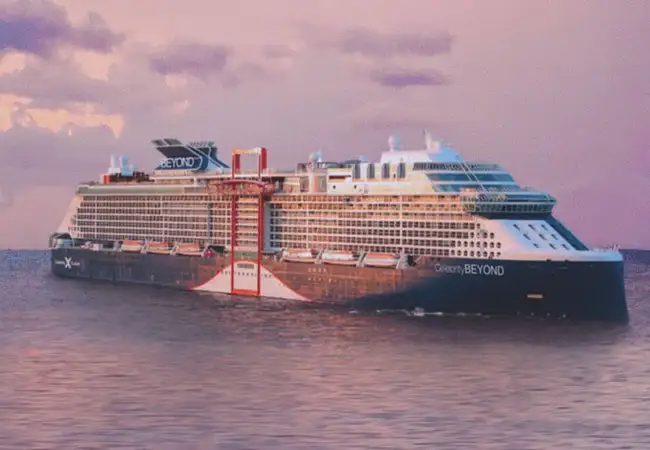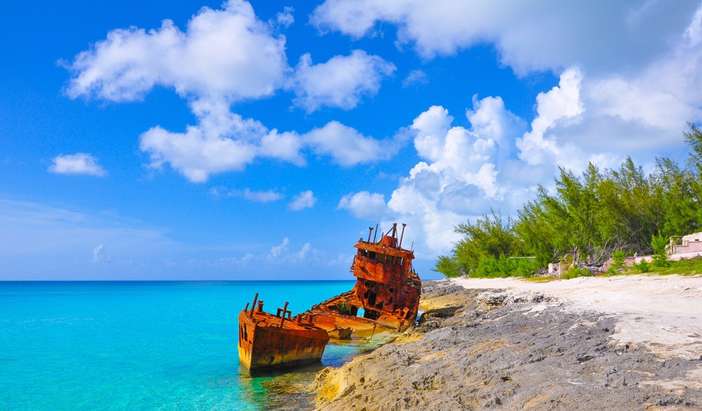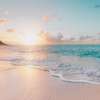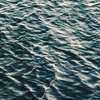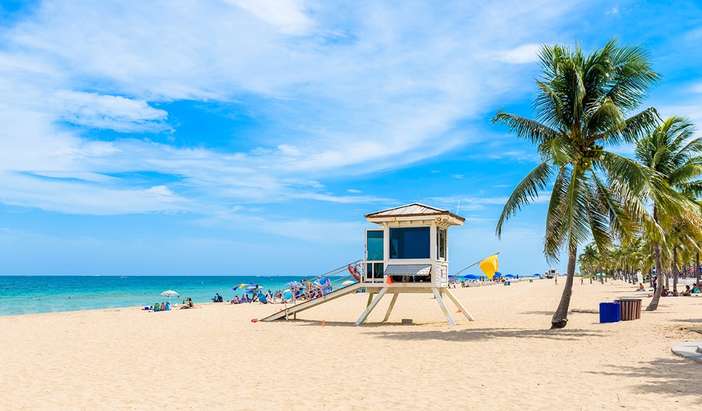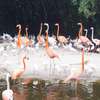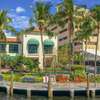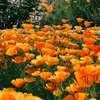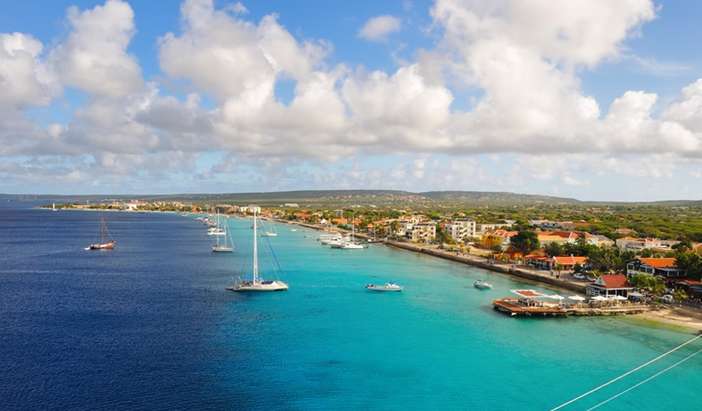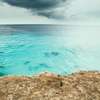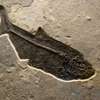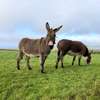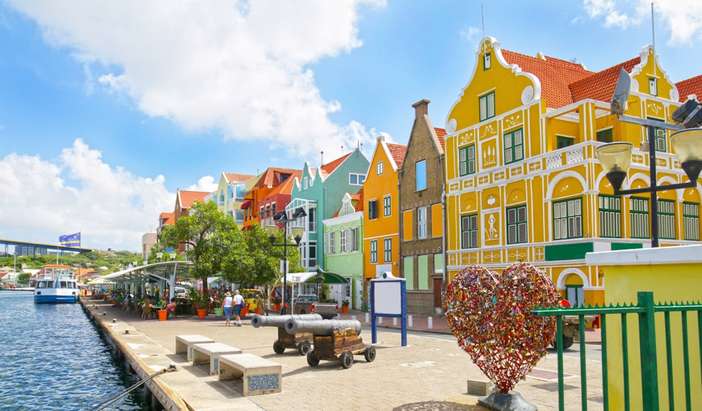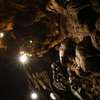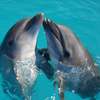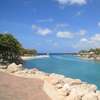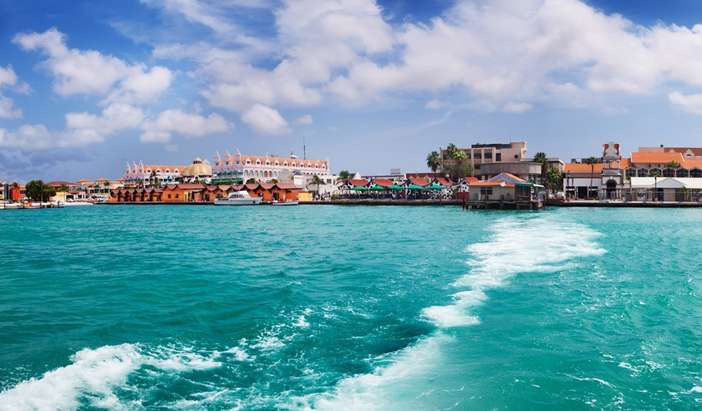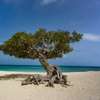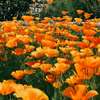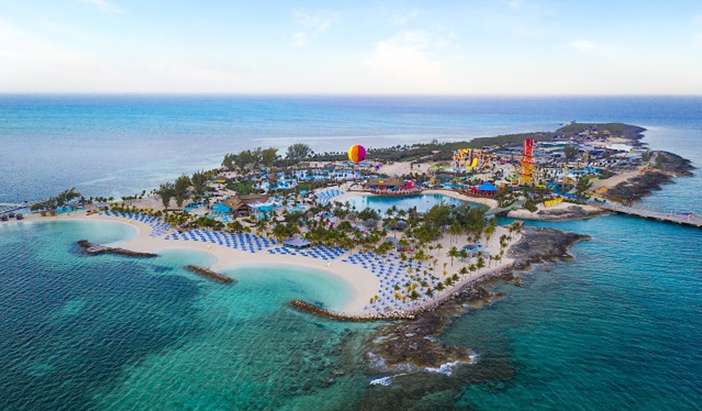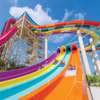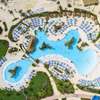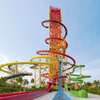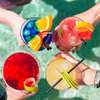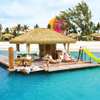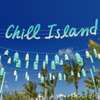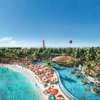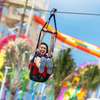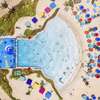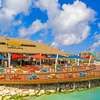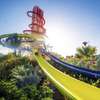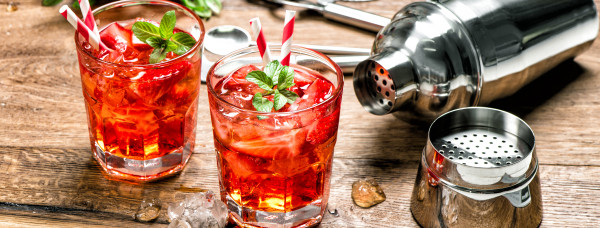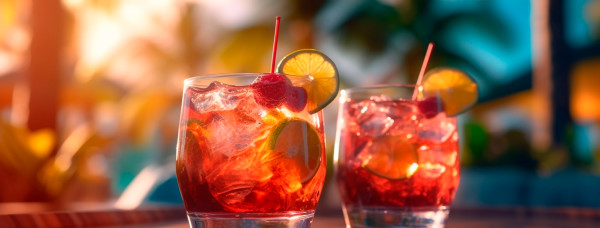Limits and Use:
Drink Packages are active the moment you step on board.
Your package can be used in the Main Restaurant, specialty restaurants, casual dining restaurants, and all bars and lounges. Drink Packages purchased onboard or on Cruise Planner will be active at Labadee or CocoCay. Room service and minibar are not included.
If a guest orders a drink that exceeds the maximum value of their respective drinks package, they will be charged for the difference plus a 20% gratuity charge.
You can only order one drink at a time with each Drink Package. All packages are for single-guest use and cannot be shared by multiple people. Additional drinks ordered will be charged at current bar prices.
There is no daily limit for drinks with Celebrity Cruises Drink Packages.
Prices for drinks onboard vary depending on what you order. Please note that prices are subject to change and can vary by ship and sail date.
A 20% service charge will be added to all drink page prices at checkout. Package prices may reflect an additional tax for certain ports or itineraries.
Orders can be cancelled through Cruise Planner up to 2 days before the sail date and are 100% refundable. Once onboard, refunds will be credited to the guest's account. Any partially consumed portion of the package will be charged at full price.
Drink Packages are available on most 2+ day sailings except for 2- or 3-day sailings from Southampton, England, as well as all Galapagos sailings.
The Drink Package Policy requires all guests wishing to purchase a Drink Package to do so for ALL guests of legal drinking age in the same stateroom. This policy applies to packages purchased pre-cruise or onboard. However, Celebrity Cruises will make an exception for the following exceptions:
- Children 12 years old and under: will NOT be required to purchase a Zero drink package
- Teens – A Zero Proof drink package will be added (13 -17 years old - Europe, Asia, Australia. 13 - 20 years old - USA)
- Pregnant guests – A Zero Proof drink package will be added
- Recovering alcoholic or medical issues that do not allow guests to consume alcohol. – A Zero Proof drink package will be added
If one guest chooses to upgrade to the Premium Drink Package, ALL guests of legal drinking age in the stateroom must upgrade. This policy applies to packages purchased pre-cruise and onboard.
Terms and Conditions:
Specific beverage offerings are subject to availability and change without notice. A 20% service charge will be added to Classic, Premium, and Non-Alcoholic Drink Package prices at checkout (via My CelebrityCruise.com, My Celebrity App or onboard) in countries of purchase where applicable. Package prices vary by ship, itinerary, and length and may reflect an additional tax for certain ports or itineraries. All guests of legal drinking age in the same stateroom and under the same stateroom booking number are required to purchase the same alcoholic beverage package. Guests with medical exceptions can contact call centres or notify onboard staff to request a modification to the Non-Alcoholic package instead. Packages are sold on a per cruise basis and not on a per day or any other basis. Packages may not be shared and do not include beverages sold in certain venues, including but not limited to, gift shops, mini-bar, or room service. Purchased packages may be modified up to 48 hours prior to sailing, after which they are non-refundable. Guests must be of legal drinking age at the departure port to purchase any alcoholic package and/or to consume alcohol. See the terms of Celebrity Cruises' guest alcohol policy. Other terms and conditions apply.


